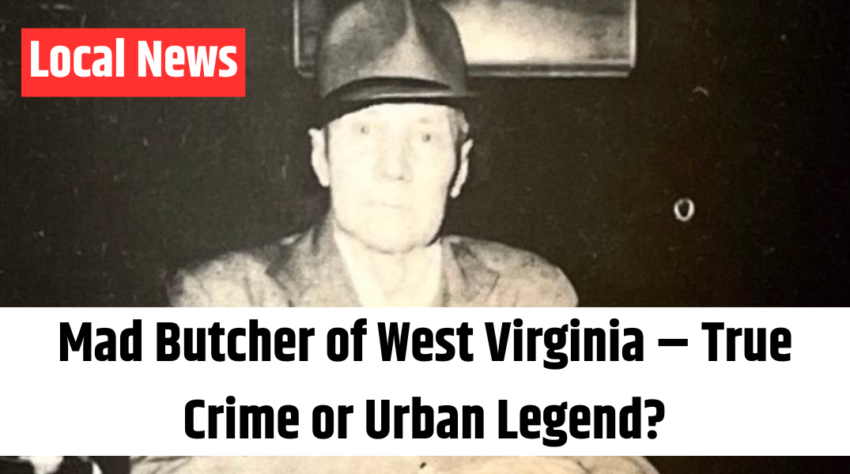Between 1962 and 1964, a series of chilling disappearances and brutal murders spread fear across Southern West Virginia. The unknown perpetrator, dubbed the “Mad Butcher,” left a legacy of terror, but to this day, debate lingers—was there truly a serial killer at work, or did speculation and fear weave a story larger than reality?
The Vanishing of Ernest Gwinn
The unsettling saga began on June 3, 1962, when 74-year-old Ernest Gwinn disappeared from Oak Hill. A retired railway worker, Gwinn had spent the day cashing his pension check and sharing drinks with friends. Witnesses last placed him at the Veterans Foreign Affairs Club, though the club’s owner denied he had been there. Months later, a skull—bearing a bullet wound—was discovered near the railroad tracks. Though dental records could not confirm the identity, investigators suspected it belonged to Gwinn, making him the first possible victim of the so-called Mad Butcher.
Also Read – Paris Hilton Supports West Virginia Bill to Protect Children in Institutions
The Unexplained Disappearance of Sammy Smith
In October 1962, 33-year-old Sammy Smith, a dishwasher at the Four Minute Lunch, clocked out after his shift and stopped for a coffee at the Top Hat Drive-In. That was the last time anyone saw him. Smith vanished without a trace, leaving behind no clues or remains.
The Grisly Murder of Michael Rogers
December 1962 brought the most horrifying crime yet. Nineteen-year-old Michael Rogers, described as a kindhearted young man with a mental disability, went missing after trying to buy cigarettes. Days later, his dismembered remains were found scattered across Gauley Mountain. His torso had been stuffed into a military duffle bag, and an autopsy revealed he had been shot execution-style in the back of the head. The sheer brutality of the crime fueled widespread panic and cemented the growing fear of a ruthless killer on the loose.
